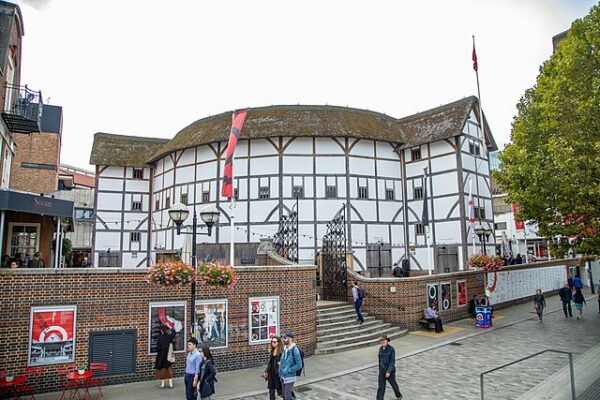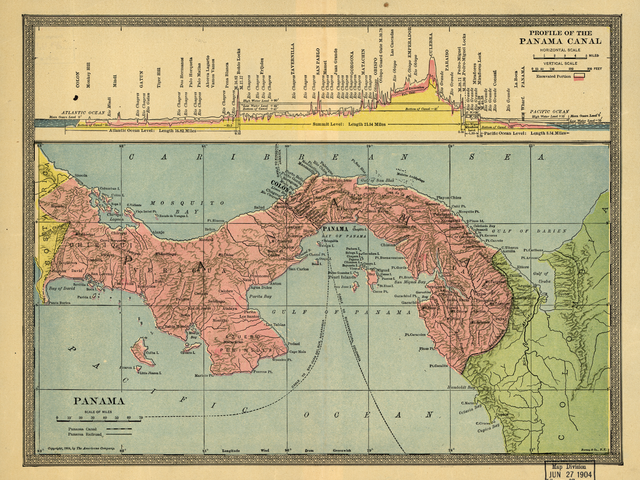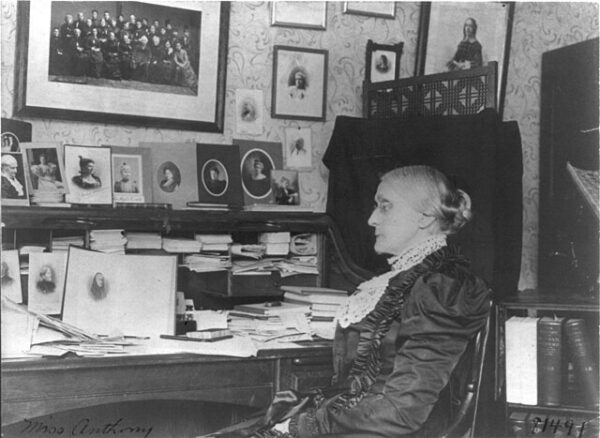The Globe Theatre, an iconic symbol of the English Renaissance and intimately associated with William Shakespeare, experienced a devastating fire on June 29, 1613. This fire not only obliterated a physical landmark of Elizabethan theater but also marked a significant moment in the history of English literature and drama.
The original Globe Theatre was constructed in 1599 by Shakespeare’s playing company, the Lord Chamberlain’s Men, using timber from an earlier theater. Located on the south bank of the River Thames in London, the Globe quickly became a hub for theatrical performances and a favorite venue for the works of Shakespeare. The open-air amphitheater, with a seating capacity of around 3,000 spectators, was renowned for its innovative stagecraft and vibrant performances, drawing diverse audiences from across London.
The fateful incident that led to the Globe’s destruction occurred during a performance of Shakespeare’s play “Henry VIII.” The play, also known as “All Is True,” was notable for its lavish use of stage effects, one of which involved the firing of a cannon to mark the entrance of King Henry. This cannon, loaded with gunpowder and wadding, was intended to produce a dramatic sound effect. However, during the performance, a piece of burning wadding set the thatched roof of the Globe alight. The flames quickly spread through the wooden structure, and within an hour, the entire theatre was engulfed and reduced to ashes.
Remarkably, contemporary accounts report that there were no fatalities as a result of the fire. The audience, initially stunned, managed to evacuate safely, though some accounts suggest that a man’s breeches caught fire and were extinguished with a bottle of ale. This anecdote underscores both the panic of the moment and the fortuitous escape of the spectators.
The destruction of the Globe was a significant cultural loss. The theatre had been a vital part of London’s artistic life, hosting not only Shakespeare’s plays but also those of other playwrights of the period. Its architecture and design influenced the development of subsequent theaters and contributed to the flourishing of English drama. The loss of such a prominent venue would have been felt keenly by the actors, playwrights, and audiences of the time.
However, the resilience of the company and the support from their patrons were evident in the rapid reconstruction of the Globe. By June 1614, just a year after the fire, a new Globe Theatre had been built on the same foundations, this time with a tiled roof to reduce the risk of fire. This second Globe continued to serve as a leading venue for performances until it was closed by the Puritans in 1642 and eventually demolished in 1644.
Today, the reconstructed Globe Theatre, opened in 1997 near the original site, stands as a tribute to the enduring legacy of Shakespeare and his contemporaries. It serves as both a historical monument and a working theater, continuing the tradition of performance that the original Globe helped to establish over four centuries ago.






